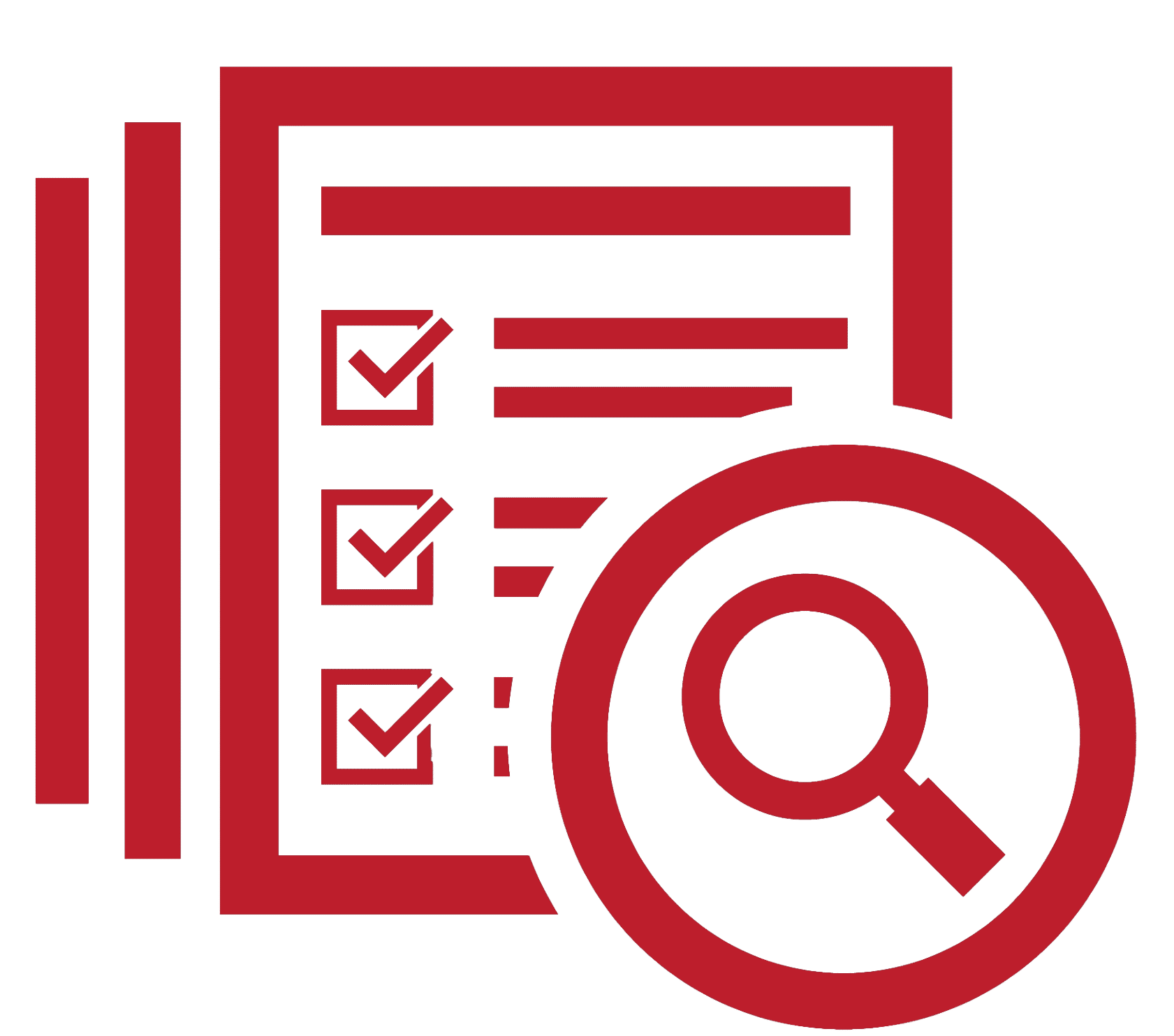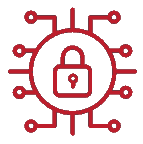How Does Your Privacy Program Measure Up?
The rapid, global expansion of privacy regulations has and will continue to change how companies can collect and process their customers’ personal information. For companies, this means strict new compliance obligations that mandate high levels of transparency, protection, and accountability for data management programs.
With the Privacy Program Assessment, Red Clover reviews your existing practices against the obligations in privacy laws to identify the gaps and develop a prioritized roadmap to remediate privacy risks. This is an essential first step in developing a plan of action to address your company’s privacy obligations.
We meet you where you are in your privacy program journey and guide you forward.
Our privacy program assessment measures your company’s compliance with applicable privacy laws and its overall performance. We grade your progress based on this model by assessing compliance efforts against the privacy laws applicable to your company to determine what needs to improve. We’re going to meet you where you are on your privacy program journey and do what’s right for your company to help grow your program.

Frequently Asked Questions
A privacy program gap assessment is a thorough and systematic evaluation of an organization’s privacy practices, procedures, and policies against applicable privacy laws, frameworks, and best practices. The assessment should look not only at how you collect, process, and store data, but also at what requirements and regulations you should consider when building and maturing your privacy program.
A gap assessment can help you understand how data is treated and utilized throughout the entire data life cycle. It can also help you identify any potential risks and/or areas for improvement to help your organization work to meet legal requirements, industry standards, or internal privacy objectives.
- Regulatory Compliance – Reviews the applicable laws, regulations, and standards to ensure your organization meets all legal requirements and industry standards.
- Governance – Assesses the structure, roles, responsibilities, and processes related to privacy governance within the organization.
- Policies and Standards – Assesses existing privacy policies, procedures, and practices to identify any gaps or inconsistencies.
- Data Inventory – Identifies all types of personal data collected, processed, and stored by your organization, as well as their respective flows and storage locations.
- Consent & Individual Rights – Evaluates how your organization honors and operationalizes individual rights across all relevant jurisdictions.
- Vendor Management – Reviews the privacy practices of third-party vendors and service providers to ensure they comply with the organization’s privacy requirements.
- Security – Evaluates the effectiveness of security controls and measures in place to safeguard personal data from unauthorized access, disclosure, or destruction.
- Training – Assess the level of privacy awareness among employees and evaluates the adequacy of privacy training programs.
With the goal of achieving a comprehensive and clear picture of your organization’s personal data usage and privacy practices, a privacy program gap assessment typically involves the collaboration of various stakeholders within an organization. Depending on the structure and size of your organization, the assessment process will likely engage: Legal & Compliance, Privacy, Information Security, IT, Human Resources, Marketing, Sales, and any relevant Business Units or Product Teams.
The frequency of conducting a privacy program gap assessment may vary based on factors such as new laws and/or changes in existing regulations, organizational structure, or the nature of data processing activities. However, it is generally recommended to conduct assessments periodically, such as annually or biennially, to ensure ongoing compliance and effectiveness of privacy measures.
The outcomes may include identifying areas of non-compliance or weaknesses in the privacy program, developing action plans to address gaps, enhancing policies and procedures, improving data protection measures, and strengthening overall privacy governance within the organization.
The duration of a gap assessment depends on various factors such as the organization’s size and complexity, the scope of the assessment, the availability of relevant documentation, and the resources allocated to the assessment Assessments can take anywhere from a few weeks to several months to complete.
Organizations should prioritize addressing identified gaps and implementing action plans to strengthen their privacy program. This may involve updating policies and procedures, enhancing training programs, implementing new technologies or controls, and regularly monitoring and reviewing privacy practices.
Meet our leadership
Red Clover thrives under the leadership of Jodi Daniels, a Certified Information Privacy Professional (CIPP/US), author, speaker and co-host of the She Said Privacy/He Said Security Podcast. She has more than 26 years of experience in privacy, strategy, marketing, and finance roles, and has worked with companies such as Deloitte, The Home Depot, Cox Enterprise, and Bank of America.




